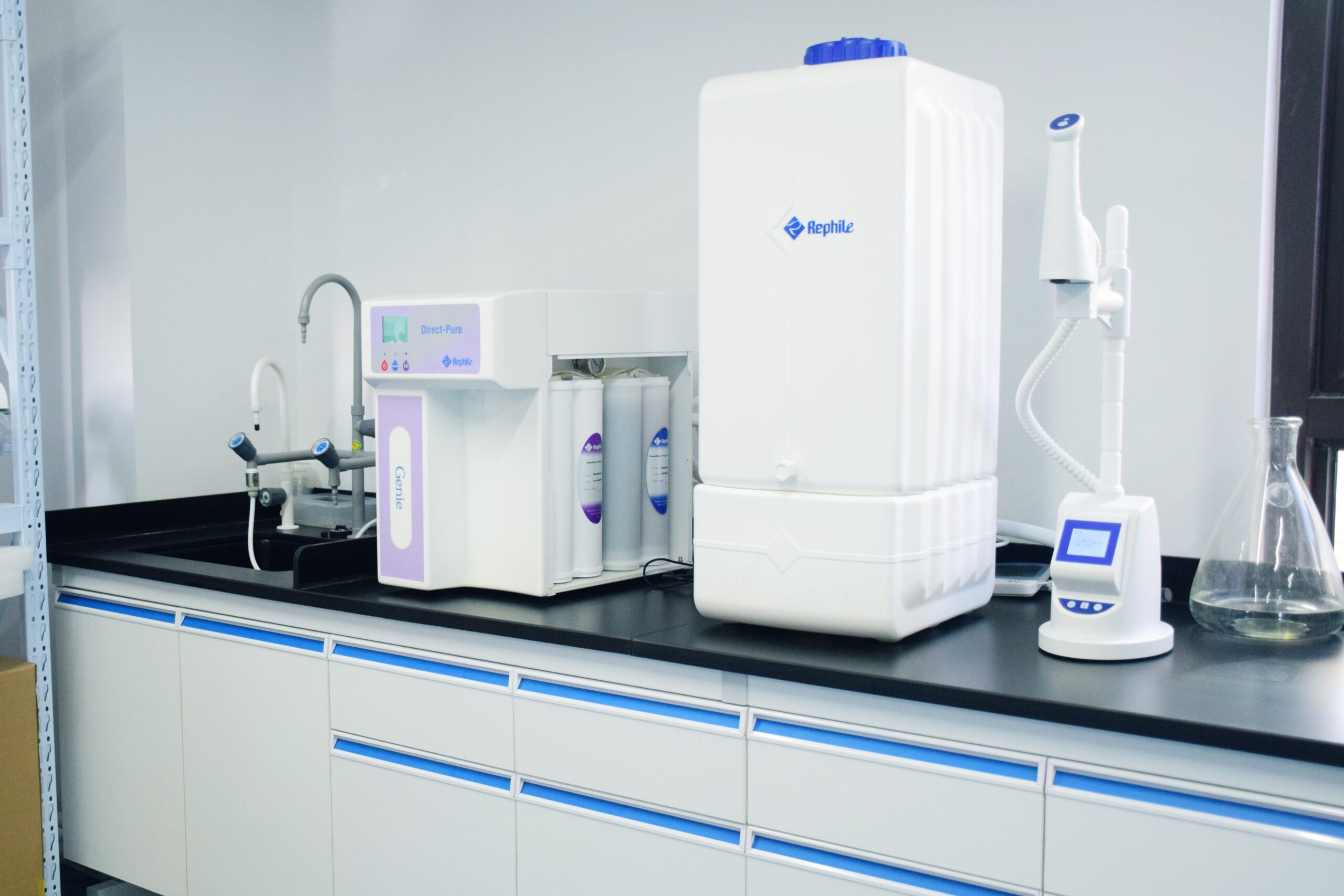Water is an essential necessity to sustain life. With increasing water pollution, it has become vital for households to ensure the purity of water they consume. The 5-stage reverse osmosis (RO) system is a popular and effective choice for purifying drinking water. This article will delve into how the 5-stage RO system works, its benefits, components, and maintenance needs.
An Overview of Reverse Osmosis System
A reverse osmosis system, sometimes complemented by using water filters for heavy metals removal, involves forcing water through a semipermeable membrane in order to remove contaminants and impurities. This provides an outcome of clean and purified drinking water. These systems can vary in stages, with a basic one starting at three stages and sophisticated ones extending up to nine stages. However, the most common type is the 5-stage system.
Components of a 5-Stage RO System
Understanding the components of your water purification system is essential before you install it at home or in your office space. This knowledge lays the foundation for maintaining your device effectively while ensuring safe consumption continuously. The five main stages within such systems are as follows:
Stage 1 – Sediment Pre-filter
This stage involves removing larger particles from the incoming feedwater. It comprises a sediment pre-filter which captures sand, silt, dirt, rust particles, and any other large solids that may clog and damage subsequent filters or membranes if allowed to pass through.
Stage 2 – Activated Carbon Filter
The second stage usually consists of an activated carbon filter that eliminates chlorine and other chemicals capable of influencing taste and odor in tap water adversely. The process also rids certain volatile organic compounds (VOCs) and pesticides present in the water.
Stage 3 – Carbon Block Filter
This is another carbon filtration stage, but with a more compact porous structure than the previous one. The carbon block filter takes care of further residual contaminants on a deeper level before water passes through the RO membrane. It also plays an essential role in removing chlorine which could damage the reverse osmosis membrane.
Stage 4 – Reverse Osmosis Membrane
The heart of the system, this is where purification occurs. At this stage, water gets forced through a highly selective semipermeable membrane under pressure. This membrane only allows water molecules to permeate through while trapping other pollutants like dissolved salts, heavy metals, bacteria, viruses, and organic matter that are too large to squeeze through the tiny pores.
Stage 5 – Post-Carbon Filter
The final component comes into play after water has already undergone stringent filtration measures and left with traces (if any) of taste and odor-causing contaminants. This polishing filter consisting of activated carbon enhances your drinking water output by removing any remnant impurity for better taste and overall quality assurance.
Benefits of Using a 5-Stage RO System
Five-stage reverse osmosis systems offer multiple advantages over other types of home filtering solutions:
Purer Drinking Water: A comprehensive 5-step process guarantees that a significant percentage of impurities get removed before it reaches your glass.
Saves Money: Owning an RO system ensures access to purified water at home without relying on bottled products. The accumulated cost savings are especially beneficial in areas with high levels of contaminated tap water due to unsafe public pipelines.
Reduces Environmental Impact: Dependence on plastic bottles can have serious consequences for your carbon footprint due to production, transportation, and improper disposal of waste. Using a 5-stage RO system is undoubtedly an eco-friendlier choice.
Better Taste and Touch: The filters play a pivotal role in enhancing the taste and texture of your water leaving you with a fresher feel.
Maintenance Tips for Your 5-Stage RO System
To maintain your 5-stage reverse osmosis filter system, you must ensure regular checks are carried out. Typically, sediment pre-filters need replacement every six months while activated carbon filters and post-carbon polishing filters should be changed once every year. The critical RO membrane needs greater care and thus should be replaced about every two years or more depending upon quality standards established by the manufacturer or taken from water tests.
Conclusion
Pure drinking water is non-negotiable in today’s world. Choosing the right filtration system directly reflects your concern for personal health as well as environmental conservation – both of which are becoming increasingly significant matters demanding urgent attention. With its multiple benefits and comprehensive filtration approach, it’s no wonder that the 5-stage RO filter has become a popular favorite among modern households searching for efficient solutions capable of providing safe drinking water at all times.

